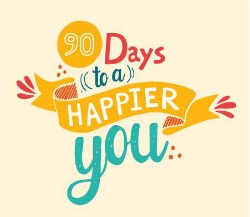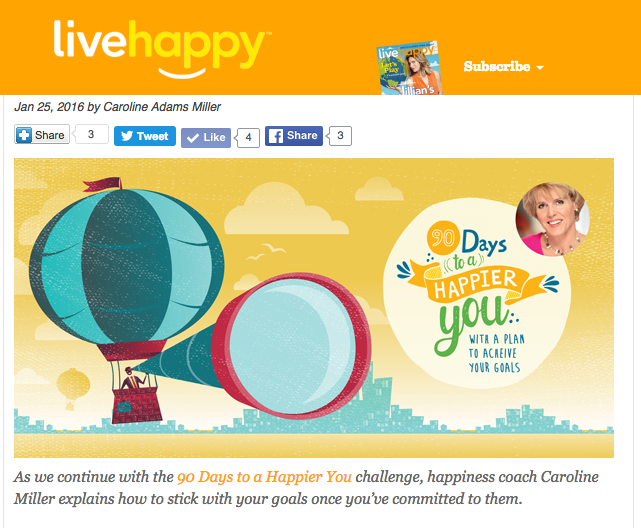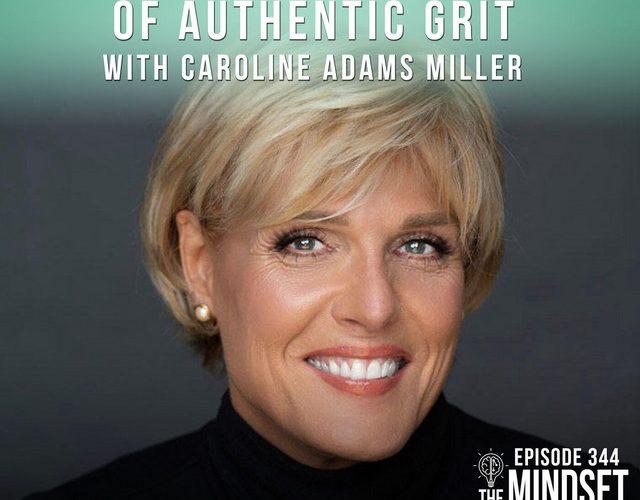LiveHappy Magazine March/April 2016
By Caroline Adams Miller
When we attempt to accomplish a goal, adopt a new habit or change a behavior, it is absolutely expected that we will hit some speed bumps along the way. The important thing is not to get discouraged and give up altogether. In fact, researchers have dubbed the third Monday of January “Blue Monday” because it is considered one of the saddest days of the year. Why? Mainly because people have fallen off their New Year’s resolution goals by that point.
I have rarely, if ever, worked with someone who set a goal and then accomplished it easily, or who didn’t have occasional self-doubt or discouragement. If you set hard goals outside your comfort zone, it’s inevitable that you will struggle.
The definition of grit is “passion and perseverance in pursuit of long-term goals,” and researcher Angela Duckworth, who created The Grit Scale, says that grit means there will be failure, dark nights and a desire to quit during the accomplishment of long-term goals—which is why grit is considered “the secret to success.”
So embrace the fact that you will be discouraged from time to time—you’ll be stronger for it!— but use the following tips to help boost your resilience when you fall.
1. Possible obstacle: Willpower fatigue
Research tells us that willpower is a limited resource and that it can be depleted if we try to tackle too many self-regulation goals at one time. For example, don’t try to stop drinking, stop smoking and start a vigorous exercise program all at once because all of these things involve will power and delaying gratification, and your will can only take so much at once!
Solution: Make sure that you only pursue one or, at most, two self-regulation goals at a time. Chris Libby, the Live Happy editor following my goal-setting program, is a great example. First, Chris found that getting up earlier in the morning drastically reduced last-minute chaos at home. Because of that, he was able to start running again in the morning.
Doing both (getting up earlier and running) at once would have been overwhelming, but getting up earlier to get organized, and then adding a run, made it easier to stick with his new habits.
2. Possible obstacle: Unstable social support system
Now that you are undertaking a change, if you notice that family members, friends or colleagues are discouraging you either subtly or openly, limit your exposure to them, including phone and email.
Research shows that the only one “right” way for a friend to respond to your positive goal or good news is with curiosity and enthusiasm.
Solution: Spend more time with people who are pursuing, or who have achieved, the goals that matter to you. You may need to spend time with different people if those around you are not happy, encouraging and curious about what you’re doing. Limit your exposure to their attitudes and words.
3. Possible obstacle: Less-than-ideal environment for success
Marketers understand and use the research on “priming” the environment in order to encourage you to think the way they want you to think, or buy what they want you to buy. This is done through clever use of colors, words, songs, aromas and pictures that make you want to eat grilled cheese sandwiches, buy homes that are out of your price range or wear a watch that indicates your success. I always encourage clients to stop being “asleep at the wheel” about how our lives are being shaped by outside forces and instead to prime their own environments to enhance their chances of achieving their goals.
Solution: Take a look at whether or not you are filling your day with prompts that are positive and optimistic. If not, think about making a collage of pictures on the front of your refrigerator of a scene that makes you drive harder when you want to quit. Or make your cellphone ringtone a song that makes you feel hopeful and determined. Unsubscribe from every e-newsletter or periodical that causes you to think unwelcome or negative thoughts.
Set yourself up for success in your everyday life and you will be a lot less likely to quit at the halfway point. You’ll sail all the way to your final goal.
Want more? Listen to Caroline discuss Setting Career Goals on our podcast, Live Happy Now.
First published on livehappy.com – Full article is here.
Caroline Adams Miller, MAPP, is a professional coach, author, speaker and educator. Her book, Creating Your Best Life, is the first evidence-based book to connect the science of happiness with the science of goal-setting. Caroline gave an acclaimed TEDx talk on grit in 2014, a topic she will cover in her upcoming book, Authentic Grit.





